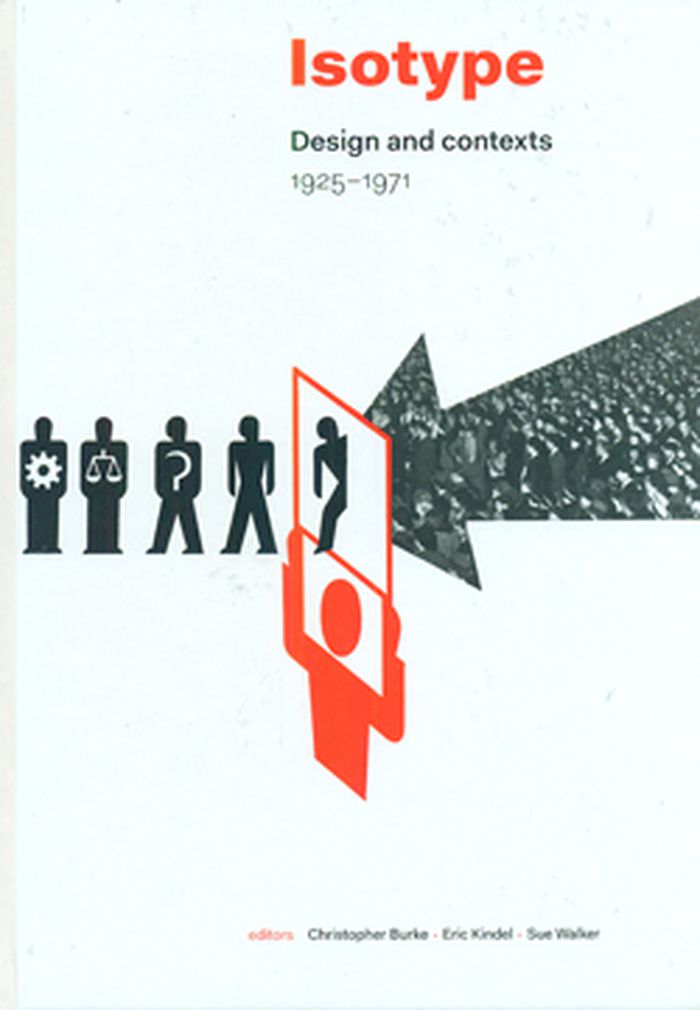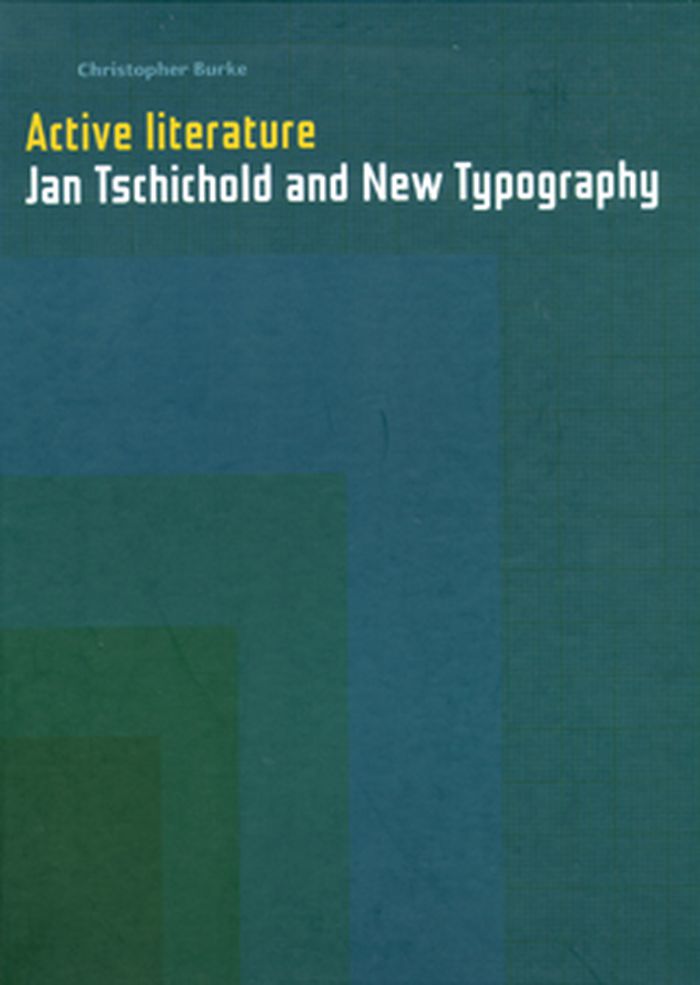livres
$54.00
(disponible sur commande)
Résumé:
German culture in the twentieth century moved quickly and intensely, bound up with the politics of the country. Paul Renner (1878—1956) lived and worked through constituent episodes of this history, both embodying the patterns of his times and providing a critical commentary on them. In this book(...)
janvier 1999, New York
Paul Renner : the art of typography
Actions:
Prix:
$54.00
(disponible sur commande)
Résumé:
German culture in the twentieth century moved quickly and intensely, bound up with the politics of the country. Paul Renner (1878—1956) lived and worked through constituent episodes of this history, both embodying the patterns of his times and providing a critical commentary on them. In this book Christopher Burke provides the first extended account of an essential and still underrated figure. Beginning his career in the thick of the Munich cultural renaissance, Paul Renner worked as a ‘book artist’, applying values he had learnt as a painter to this everyday item of multiple production. An early and prominent member of the Deutscher Werkbund, he was committed to the values of quality in design, always tempered by a certain sobriety of attitude and style. In the 1920s Renner engaged with the radical modernism of that time, briefly in Frankfurt, and then in a more extended phase at the printing school at Munich. Under Renner’s leadership, and with teachers such as Georg Trump and Jan Tschichold, the school produced work of quiet significance. In those years Renner undertook the design of the now ubiquitous typeface Futura. Christopher Burke’s analysis of the design process reveals the characteristic Renner approach: he took up with current tendencies, but through an extended process of finely judged development, helped to deliver a product that has long-lasting quality. In the Nazi seizure of power of 1933, Renner was dismissed from his teaching post — in days recounted here in dramatic detail — and entered a state of ‘inner emigration’. Burke’s account of the Nazi years shows Renner negotiating events with dignity. After 1945, Renner lived in retirement, but entered public discussion of design issues as a voice of experience and sanity. "Paul Renner" is a work of discovery. As part of its fresh narrative and analysis, it includes much new illustrative material and the first full bibliography of Renner’s writings.
livres
janvier 1999, New York
$75.00
(disponible sur commande)
Résumé:
Austrian sociologist Otto Neurath developed the Isotype system of pictograms in the early 1930s as a way to communicate complex information in visual form. Appearing in a variety of media, including books, posters, and films, it was designed to inform ordinary citizens about their place in the world. Isotype is the first comprehensive account of this seminal movement in(...)
mars 2014
Isotype:design and contexts 1925-1971
Actions:
Prix:
$75.00
(disponible sur commande)
Résumé:
Austrian sociologist Otto Neurath developed the Isotype system of pictograms in the early 1930s as a way to communicate complex information in visual form. Appearing in a variety of media, including books, posters, and films, it was designed to inform ordinary citizens about their place in the world. Isotype is the first comprehensive account of this seminal movement in the history of visual communication.
$82.00
(disponible sur commande)
Résumé:
In the first book on Tschichold to be based on extensive archive research, Burke turns fresh and revealing light on his subject. He sets Tschichold in the network of artists and designers who constituted New Typography in its moment of definition and exploration, and puts new emphasis on Tschichold as an activist collector, editor and writer. Tschichold’s work is shown in(...)
janvier 2008, London
Active literature : Jan Tschichold and New Typography
Actions:
Prix:
$82.00
(disponible sur commande)
Résumé:
In the first book on Tschichold to be based on extensive archive research, Burke turns fresh and revealing light on his subject. He sets Tschichold in the network of artists and designers who constituted New Typography in its moment of definition and exploration, and puts new emphasis on Tschichold as an activist collector, editor and writer. Tschichold’s work is shown in colour throughout, in freshly made photographs of examples drawn from public and private collections. This is not a biography, but rather a discussion of the work seen in the context of Tschichold’s life and the times in which he lived.

